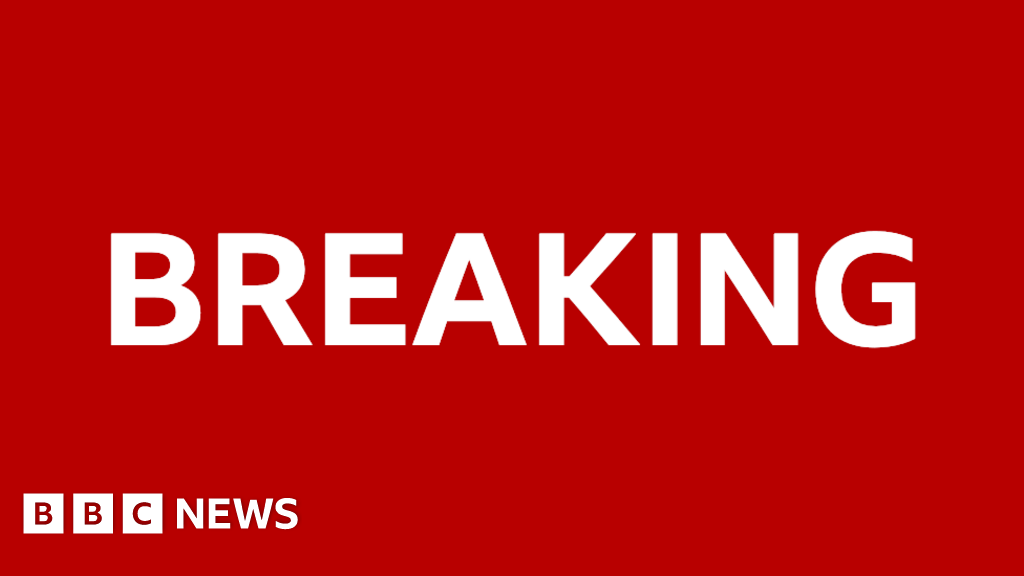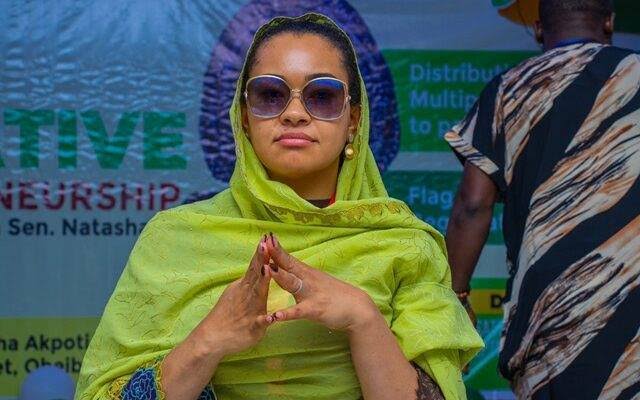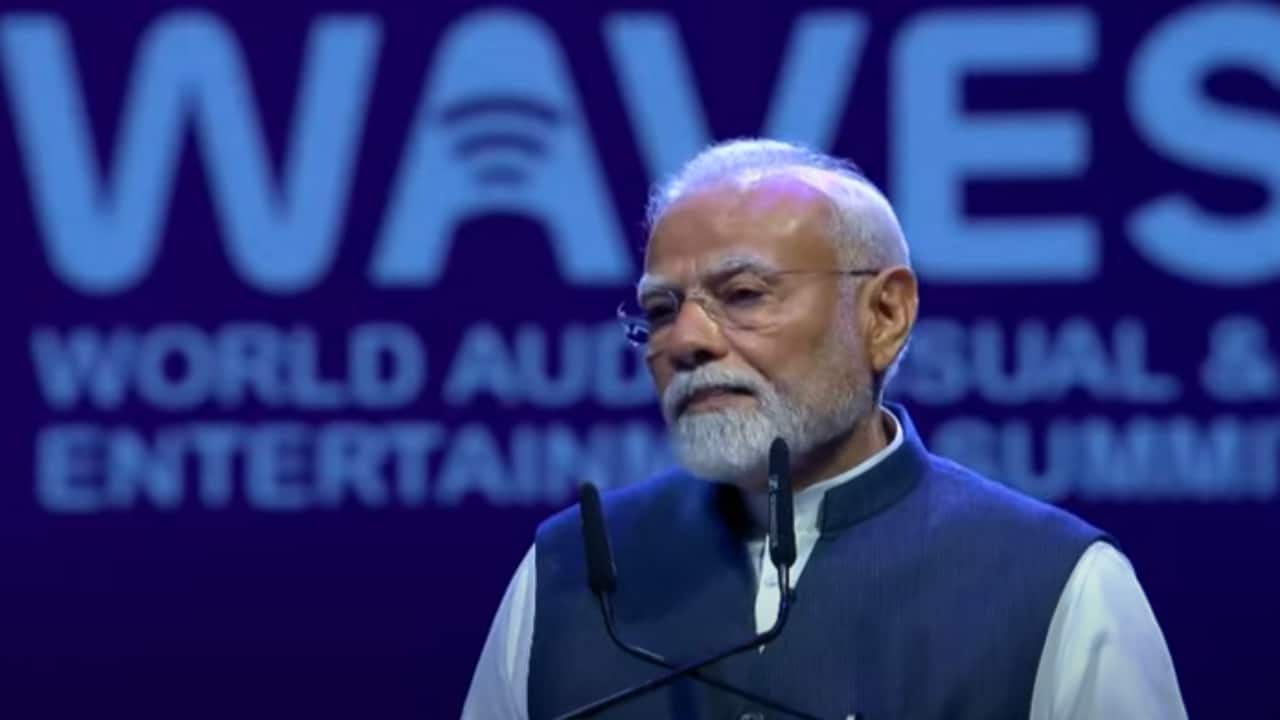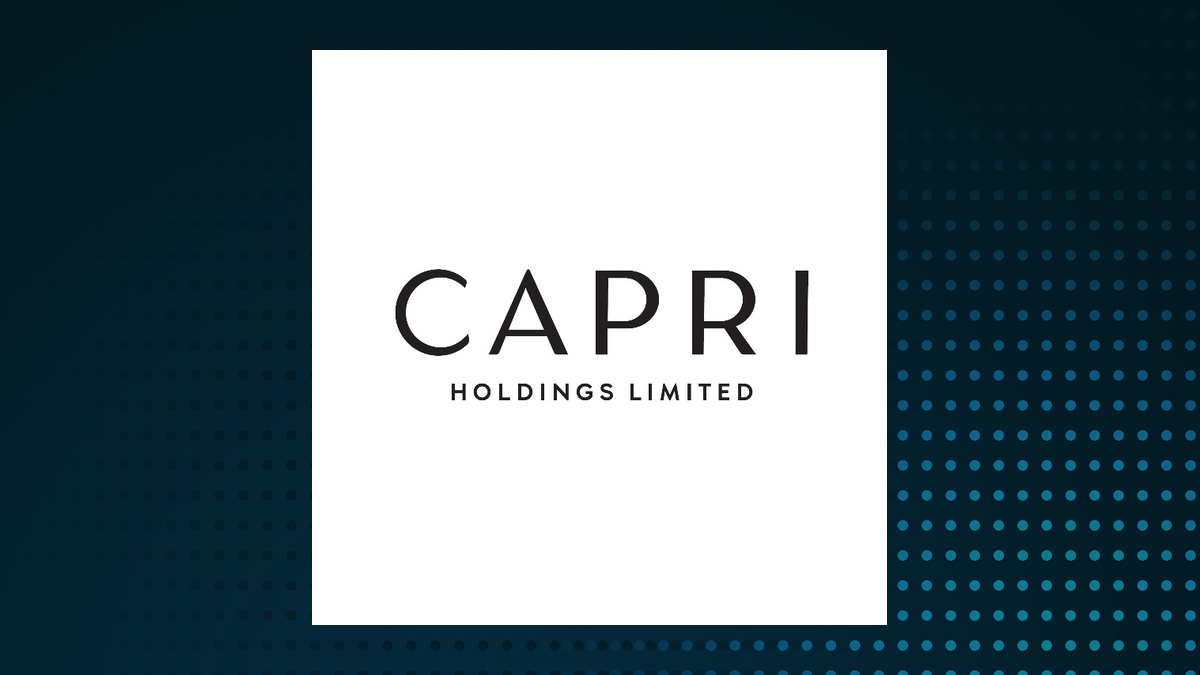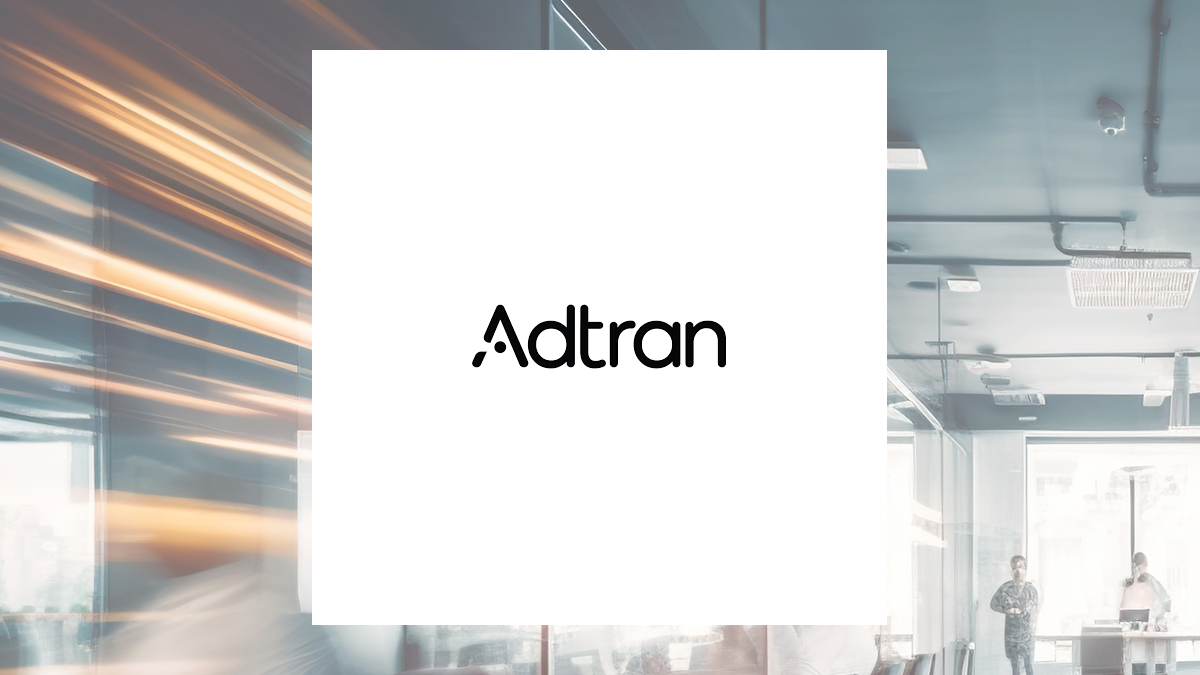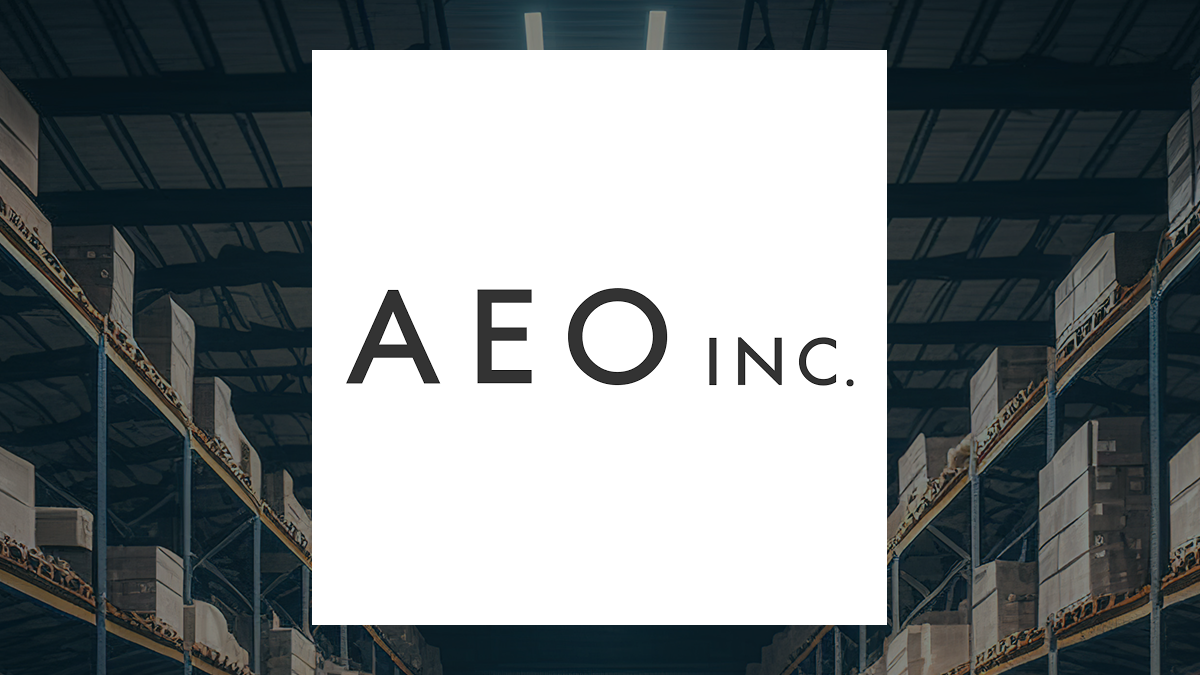The D2C menswear brand focusses on wardrobe staples for India’s modern working man — especially the under-served Monday-to-Friday, 9-to-9 category Bootstrapped and EBITDA-positive from day one, the D2C brand claims to have clocked INR 140 Cr in revenue in FY25, with an 18% EBITDA margin Driven by its marketplace-first strategy, which contributes 85% of its revenue, The Bear House is now entering its next chapter with an omnichannel push via company-owned retail stores and international expansion While running a garment manufacturing unit for six years, producing shirts for global fashion giants like Zara, S.Oliver UK, Mango, and Marks & Spencer Poland, Harsh Somaiya wasn’t thinking about launching a brand. But his wife, Tanvi, a NIFT graduate who managed the factory’s sampling department, sparked a turning point.
“She used to make samples for brands like Zara and Mango,” Harsh recalled. “When we presented those samples, they bought them. That’s where we got the Eureka moment.

We thought, if global brands are buying what we’re creating, why can’t we build something of our own, in India, for the Indian market?” That realisation led to the launch of The Bear House in 2017 — a menswear brand built not on marketing burn, but on deep operational insight. Harsh used his manufacturing experience to build what is today an INR 140 Cr apparel brand for men. At the time, their factory was still operational, and the duo took a deliberate approach: identifying a market gap, defining the product’s identity, and testing designs before committing to scale.
Harsh observed that while most brands were chasing bold prints and occasion wear, few were addressing the everyday essentials, the Monday-to-Friday, 9-to-9 wardrobe that forms the backbone of a man’s closet. With shirts already being the factory’s strength, the Somaiyas decided to begin with flannel styles. They designed 50 shirts and listed them on marketplaces.
“The response was mind-blowing. The whole lot was sold within two months,” Harsh said. This initial success spurred them to experiment and expand in India’s $32.
32 Bn menswear market , projected to grow at 3.35% annually through 2029. They soon launched wardrobe staples like Oxford checks and poplin shirts — all of which sold out quickly.
The founders noticed a 65% repeat purchase rate early on. By the time the brand turned one, three pillars of growth had crystallised: quality, brand identity, and pricing. And all of it was rooted in their original edge — operational control and product-first thinking.
Unlike most brands these days, where the marketers become founders without any production knowledge, Harsh handled developing the brand differently. Backed by his experience in manufacturing and over six years of managing a factory, Harsh entered the domain with the required insight into production and supply chain management. While most brands stressed on marketing and outsourced production without truly realising the product complexities, Harsh chose to play a different game.
He built the business around the product itself. “We didn’t invest much in marketing,” he said. “Instead, we reaffirmed our belief in the product we made.
” With a strong supply chain in place, Somaiyas were able to rein in costs, set up strict quality control, and dish out high-end products at competitive prices. In contrast to most brands that were suffering losses early on attempting to force sales through advertising, The Bear House was EBITDA positive (+25%) from day one, claimed the founder. This operational edge helped the startup roll out designs rapidly, hedged it from frequent stockouts, and aided in attracting customers without heavy marketing burn.
The company introduces more than 200 styles every month. While most brands flounder after their first product launch, failing to coordinate the second cycle of production, either due to cash flow squeezes or supply bottlenecks, The Bear House ensured end-to-end control over the supply chain. They had long-term fabric vendor contracts from across the country, factory alliances, and a seasoned in-house quality team.
“All these were built during my initial years of the manufacturing business,” Harsh said. The operational efficiency helped The Bear House price its shirts at INR 340 to INR 350, whereas the production cost for a typical trading-driven brand would be INR 600 to INR 700. “The affordable pricing and consistent quality helped us to not only survive but also grow into an INR 140 Cr D2C brand,” Harsh said.
Since the company is yet to file its full financials for FY25, the founder only disclosed the revenue figure at INR 140 Cr. “We’re looking at an INR 1,000 Cr revenue by 2030.” In the early days of business, The Bear House bit off more than it could chew.
“We were tempted by the initial success. We got carried over,” Harsh said. In a desire to grow faster, the Somaiyas tried to aggressively ramp up production, taking on more orders, putting in more capacity, and expanding into domestic markets.
“We had excess capacity and to utilise it, we began to take domestic orders, sometimes even making losses. Domestic players would not pay on time, and the cash-flow crisis struck us severely,” Harsh said. What had begun as a successful export-oriented business soon fell into an eddy.
In 2019, the founders were forced to close down the factory, weighed down under a INR 25 Cr loan. Harsh described the incident as the turning point in his entrepreneurial career. “We learned never to stretch ourselves too thin.
We realised that every risk had to be measured and every expansion had to be rationalised.” After the setback, Harsh redirected his entire attention to venturing into India’s booming D2C market , driven by continued innovation and the emergence of new players. The expected growth of D2C fashion from $29 Bn to $112 Bn by 2030 reinforced Harsh’s decision to enter the market.
The lessons learned helped Harsh in sharpening his focus on developing the D2C brand. “We decided that there would be no running after vanity metrics, no hasty expansion and no over-spending. Instead, the emphasis would be on creating a slow, steady, and sustainable brand, one that knew its customers inside out, delivered reliably, and remained profitable from day one,” he said.
Funding was a major challenge for the bootstrapped business when it entered the D2C market. And Harsh was hell-bent on not diluting equity prematurely or becoming overly dependent on marketing. “We wanted the product to do the talking,” he said.
“We built a loyal customer base, step by step.” The D2C brand stayed focussed on its vision and entered the first round of funding only after it had reached the growth stage. JM Financial Group’s investment arm JM Financial Private Equity led an infusion of INR 50 Cr (around $5.
8 Mn) into the startup in a Series A round. According to the founder, the company’s operational efficiency kept the startup profitable despite being bootstrapped. In FY24, the D2C menswear brand posted INR 96 Cr revenue from operations and INR 11.
1 Cr profit, as per filings with the Registrar of Companies. This was a sharp growth in its real metrics as the startup had closed FY23 with INR 53.6 Cr operating revenue and INR 1.
21 Cr revenue. The startup closed FY25 at INR 140 Cr, Harsh claimed, adding that in terms of the net profit, it is at about 18% EBITDA. The company is now looking to reach INR 250 Cr revenue in FY26.
What drove The Bear House’s sustained profitability? It stemmed from the brand’s early and strategic focus on online marketplaces. Starting with Jabong, The Bear House rapidly expanded across Flipkart, Myntra, Ajio, Nykaa, and Tata Cliq. From the outset, the plan was to scale quickly through these platforms while keeping operational costs in check.
“We were a marketplace-first brand. The business took off quickly, month-on-month, even though our team was still lean,” said Harsh. For almost four years from 2018, The Bear House concentrated exclusively on marketplace development.
It was only in March 2022 that the founders created their own D2C website, followed by rolling out retail stores in February 2024. The brand’s income today is dominated by sales through marketplaces – about 85% – while 13–14% comes from the D2C platform and an increasing 1% from the retail outlets. In marketplaces, Myntra takes the lead, generating around 40% of the revenue, followed by Flipkart at 28%, and Ajio at 25%.
The rest comes from the likes of Tata Cliq and Nykaa. With two retail stores live and 12 more signed up, The Bear House is now homing in on the offline market, evolving from a marketplace-first brand to a true omnichannel business. “Our roots are in marketplaces, but now we’re ready to build a more balanced, multi-channel brand,” Harsh said.
After setting up a strong foundation in marketplaces and D2C channels, The Bear House has entered its next phase of growth, betting big on offline retail and overseas expansion. The Bear House plans to operate only through company-owned, company-operated (COCO) stores. “We’re ready to invest in customer satisfaction.
By owning and operating the stores ourselves, we believe we can deliver better service, which should ultimately drive stronger sales,” Harsh said. In 2024 alone, The Bear House plans to open 20 stores across India. After launching two stores each in Bengaluru and Hyderabad, the brand has signed up for locations in Mumbai, Delhi, Pune, and Guwahati, while Gujarat and Jaipur are also on the radar.
On the global front, The Bear House has gone live across five online platforms in Dubai and is gearing up to roll out the brand in Saudi Arabia, Kuwait, and Qatar. The company’s larger vision is clear: reaching INR 1,000 Cr in revenue by 2030 and then going public with the brand. “We have drawn up a five-year roadmap for the brand.
Once we reach the target topline of INR 1,000 Cr, we will explore the option of a public float,” Harsh said. [Edited By Kumar Chatterjee].
Business

How This D2C Brand Stitched Together An INR 140 Cr Profitable Menswear Business

While running a garment manufacturing unit for six years, producing shirts for global fashion giants like Zara, S.Oliver UK, Mango,...




